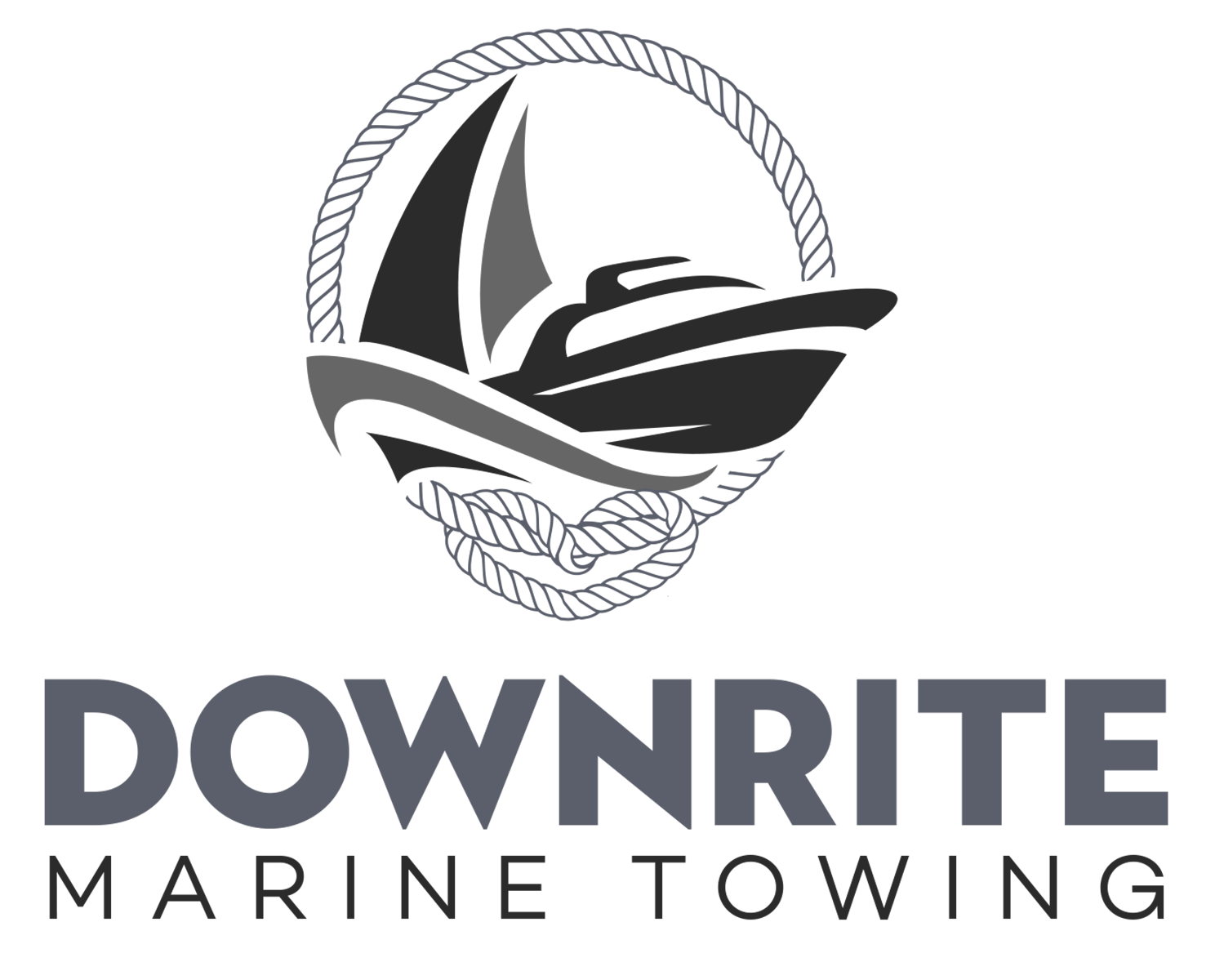
Technician Delivery
Crew change Port Everglades ,refers to the process of rotating or replacing the personnel on a vessel, offshore platform, or any other remote worksite. This is a common practice in the maritime and oil & gas industries, where employees often work in shifts or rotations due to the demanding and isolated nature of their jobs. Here are some key points about crew changes:
- Rotation Schedule: Workers typically follow a rotation schedule, such as 14 days on and 14 days off, or 28 days on and 28 days off. This ensures that the crew gets adequate rest and time off between their work periods.
- Logistics: Organizing a crew change involves significant logistics, including arranging transportation (such as helicopters, boats, or planes), coordinating schedules, and ensuring all necessary paperwork and clearances are in place.
- Safety and Compliance: Safety is a top priority during crew changes. This includes ensuring that all personnel have completed required safety training, medical checks, and are fit for duty. Compliance with international and local regulations is also essential.
- COVID-19 Impact: The COVID-19 pandemic has added complexity to crew changes, with additional health protocols, testing, and quarantine measures to prevent the spread of the virus.
- Challenges: Crew changes can be challenging due to factors such as bad weather, political instability, travel restrictions, and logistical issues, which can delay or complicate the process.
- Significance: Efficient crew changes are crucial for maintaining operational efficiency, safety, and the well-being of the workforce. They help in reducing fatigue, preventing burnout, and ensuring that the personnel are always alert and capable of performing their duties effectively.
A crew boat, in the context of maritime and offshore operations, refers to a specialized vessel used to transport crew members, supplies, and equipment to and from offshore platforms, ships, or other remote work sites. These boats are essential in industries such as oil and gas, wind energy, and other marine-based operations. Here are some key features and functions of crew boats: IF your company is in need of a crew change in Port Everglades give Downrite Marine a call you will be happy you did.
Key Features
- Speed and Maneuverability: Crew boats are designed for speed and agility to quickly and efficiently transport personnel and supplies over relatively short distances.
- Capacity: These boats can accommodate a significant number of passengers, often ranging from a dozen to several dozen, depending on the size of the vessel.
- Safety: Safety features include life-saving equipment, secure seating, and sometimes enclosed cabins to protect passengers from the elements.
- Comfort: To ensure the comfort of the crew during transit, many crew boats are equipped with amenities such as air conditioning, seating, and restrooms.
- Cargo Space: In addition to carrying passengers, crew boats often have space for cargo, including tools, parts, and other supplies needed for offshore operations.
- Stability: They are built to provide a stable ride in various sea conditions, ensuring that crew members arrive at their destination safely and ready to work.
Functions
- Transportation: The primary function is to transport crew members between shore bases and offshore installations, such as oil rigs, wind farms, and ships at anchor.
- Supply Delivery: Crew boats are also used to deliver supplies and equipment necessary for the maintenance and operation of offshore facilities.
- Emergency Response: In case of emergencies, crew boats can be used for evacuation or to transport emergency response teams to the site.
- Support Operations: They support various offshore operations, including crew changes, maintenance work, and inspections.
Usage in Different Industries
- Oil and Gas: Crew boats are vital for the day-to-day operations of offshore oil and gas platforms, ensuring that personnel and supplies can move efficiently between shore and platform.
- Wind Energy: With the growth of offshore wind farms, crew boats are increasingly used to transport technicians and equipment to these remote sites.
- Maritime: In the maritime industry, crew boats facilitate the movement of ship crews, inspectors, and other personnel to and from vessels anchored offshore.
Crew boats are an indispensable part of offshore operations, ensuring that personnel and supplies are transported safely, quickly, and efficiently.
